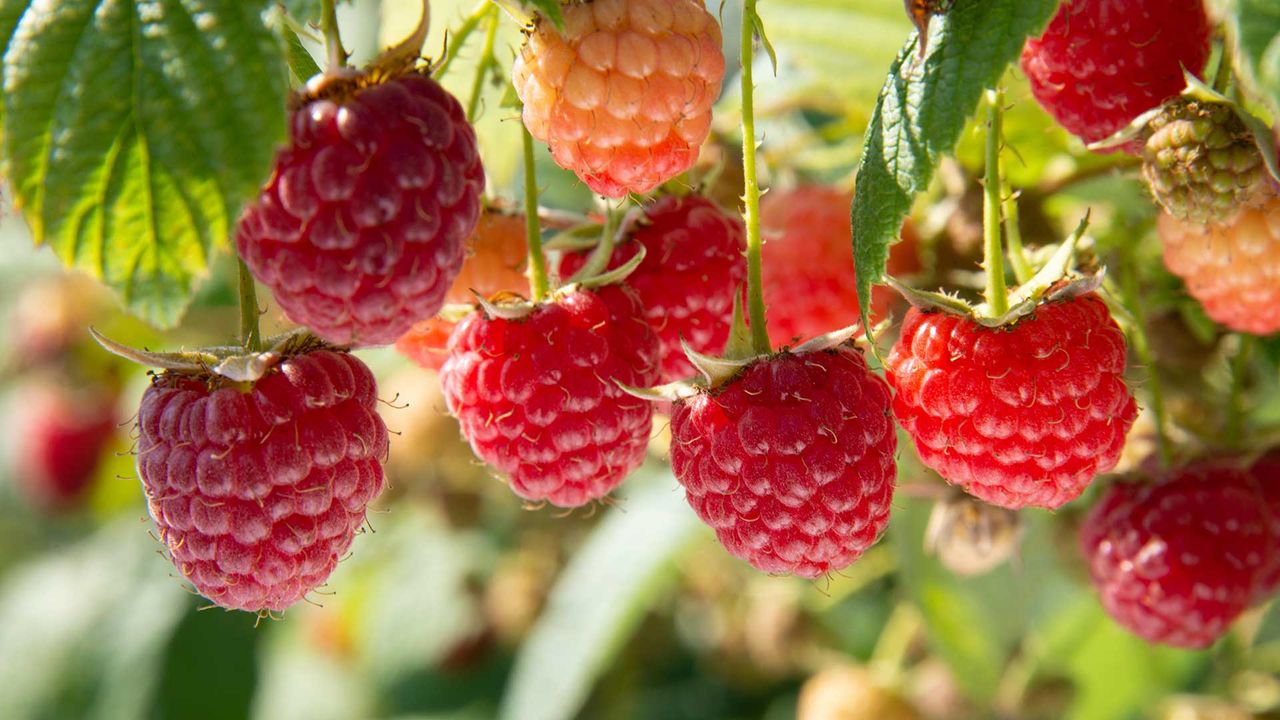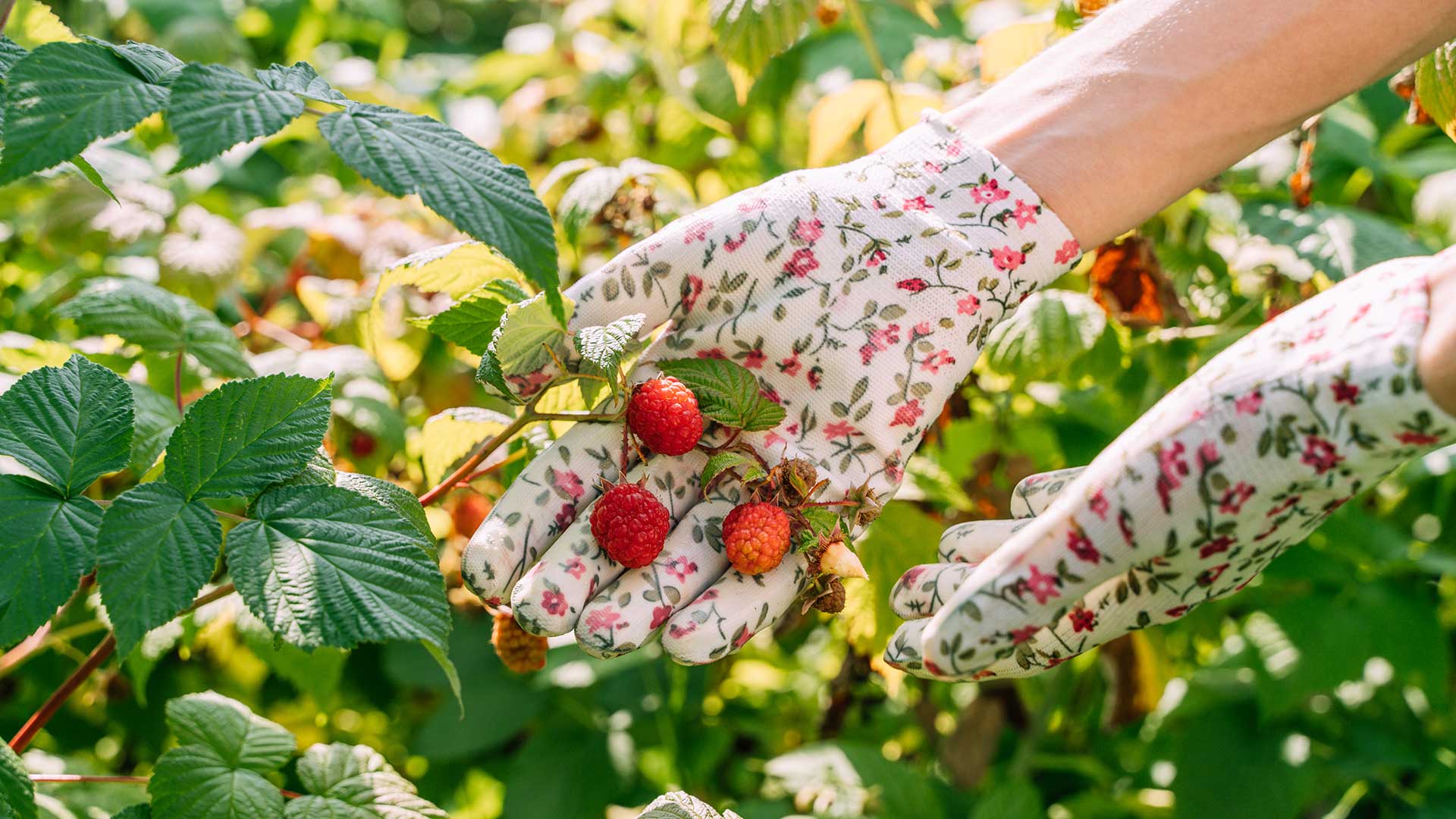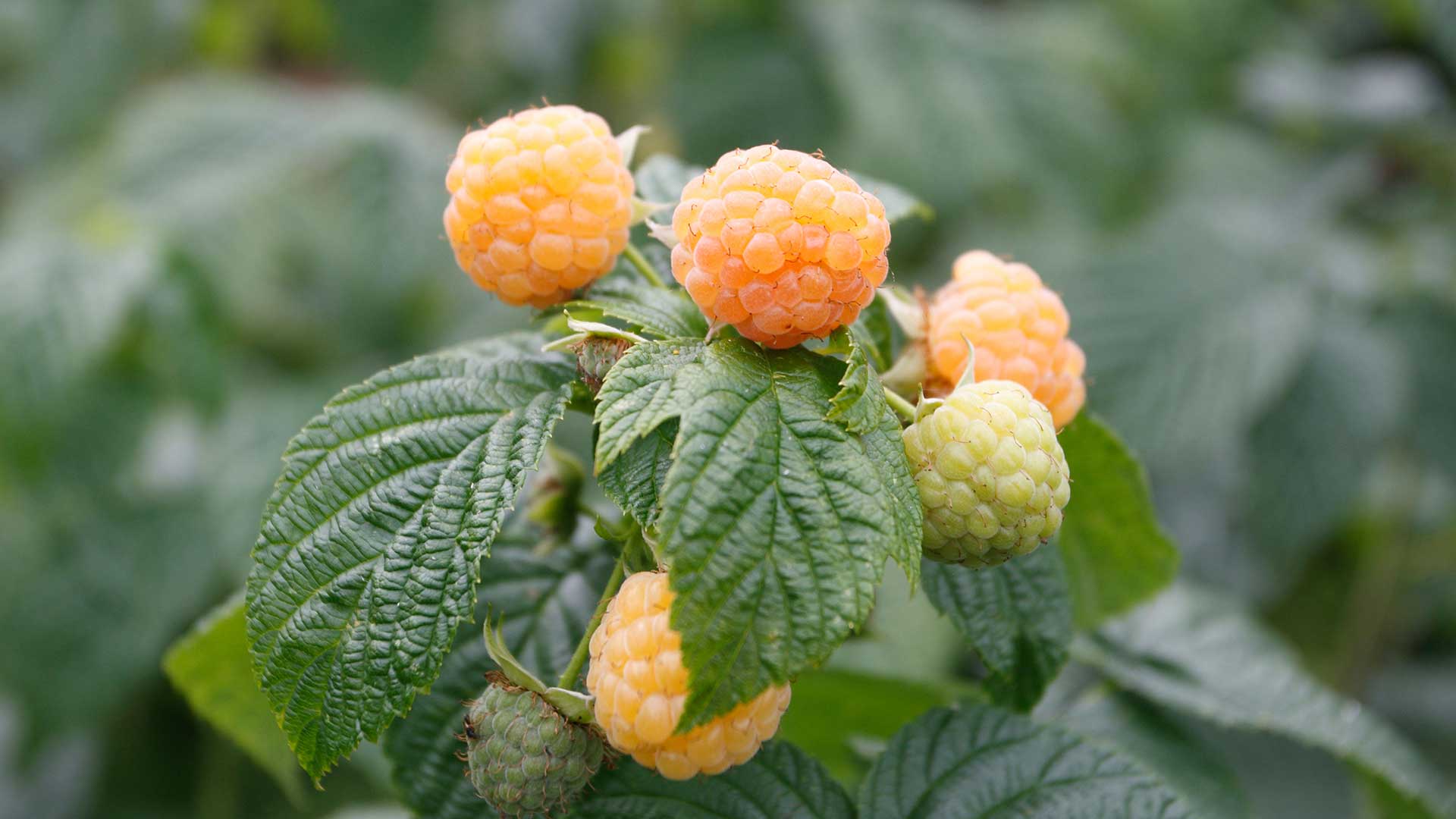
Learning how to prune raspberries is key if you're growing them in your garden. Getting it right will help keep your plants in top health and encourage heavy yields of their tasty fruits year after year.
When tackling this task, the first gardening tip to take on board is that there are two main types of raspberries: summer-fruiting and autumn-fruiting. Like when pruning tomato plants, the right technique depends on the type you're growing (a good reason to label your crops). However, don't let this deter you – it's simpler than it sounds.
I turned to gardening experts to find out exactly how and when to snip back these shrubs. Below, you'll find their top tips for both types – plus info on which tools you'll need.
When and how to prune raspberries: an expert guide
You might be tempted to leave your raspberries to their own devices, but giving them an annual prune is well worth the effort. As Luke Newnes, a gardening expert, points out, it's essential for keeping plants healthy, productive, and easy to manage.
"By removing old canes, you encourage strong new growth, reduce disease risk, and ensure a better crop the following season," he adds.

How and when to prune summer-fruiting raspberries
Summer-fruiting raspberries are ready to harvest from June, depending on variety. "Glen Ample" (available to order from Crocus from autumn) is an award-winning option that produces large berries from July.
According to Chris Bonnett, the founder of GardeningExpress.co.uk, these types of raspberries should be pruned right after fruiting, which will usually be in July or August. To do so, he says you’ll want to identify the old fruited canes – "these will be brown and woody and should have fruit stalk remains on them." Cut these down to soil level, he instructs.
However, be sure to leave some fresh, green canes that haven't fruited. As Luke explains, these will carry next year's crop. Choose six to eight of the strongest ones to keep per plant – the others can be removed. These remaining stems can be tied into plant supports.
Top tip: In spring, keep an eye out for any emerging new canes, commonly referred to as "suckers". These can be removed if they are growing where you don't want them to, to control the spread of your plants.

How and when to prune autumn-fruiting raspberries
Autumn-fruiting raspberries bear their juicy crop from August to October. They tend to be smaller than summer-fruiting types, and can be grown in large, sunny patio pots. Often, they will need fewer supportive structures as they grow, and sometimes none at all. Varieties include "Polka" from Thompson & Morgan, or, if you'd like to grow golden fruits, try the compact "Fallgold".
Autumn-fruiting raspberries should be pruned in late winter, before new growth begins, says Chris. This means they're a good one to add to your list of plants to prune in February.
Learning how to prune raspberries of this variety is even simpler than it is with the summer-fruiting types, as Luke points out. This makes them a great choice if you're just getting started with fruit and vegetable gardening. All you need to do is cut all the canes right down to the ground. "These varieties fruit on new growth each year, so this encourages a healthy flush of new canes in spring," Luke explains.
As with summer-fruiting raspberries, remove any unwanted new "suckers" that sprout.

FAQs
What tools should you use to prune raspberries?
You'll need a few essential gardening tools to prune raspberries. These include a good pair of garden gloves, such as these RHS Tough Touch ones available from Crocus, which will protect your hands from thorny canes as you work.
To snip back your canes, opt for a pair of sharp bypass secateurs. These will help you make clean cuts to avoid damaging canes and leaving ragged edges, which make diseases more likely, says Chris.
"For thicker or woody canes, loppers can be useful," adds Luke. "Always clean your tools before and after use to prevent spreading diseases."
These well-rated secateurs have rust-resistant blades, ergonomic handles, and are easy to spot if you drop them in your flowerbed.
Should you prune raspberries straight after planting?
Raspberries are usually bought as bare root plants and planted when they're dormant (autumn to early spring). Once planted, you'll generally need to prune the tops of the canes back, so that each one is about 10 inches tall. Give them a good mulching, too.
Many other garden plants benefit from a prune to keep them in check and performing well. If you're looking for advice on how to prune hydrangeas or how to prune roses, our expert guides have plenty of tips.







